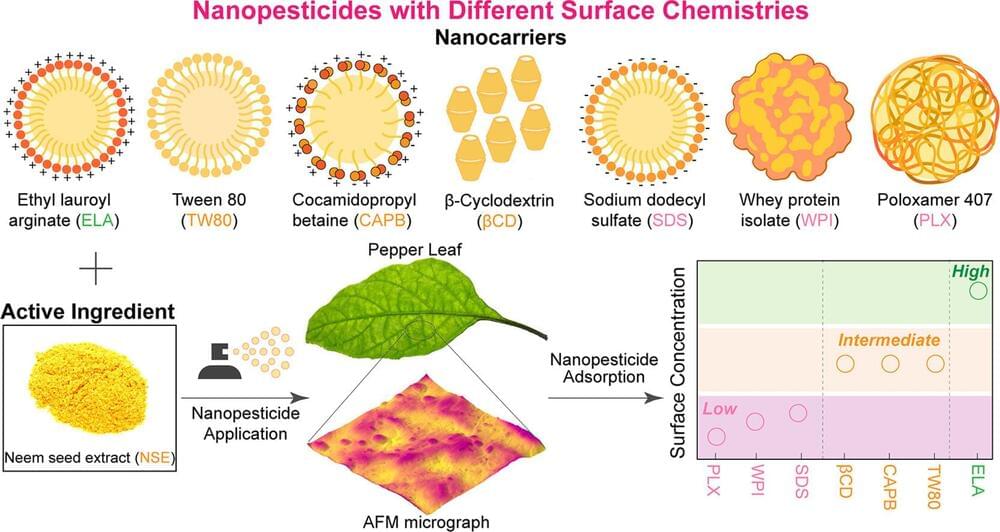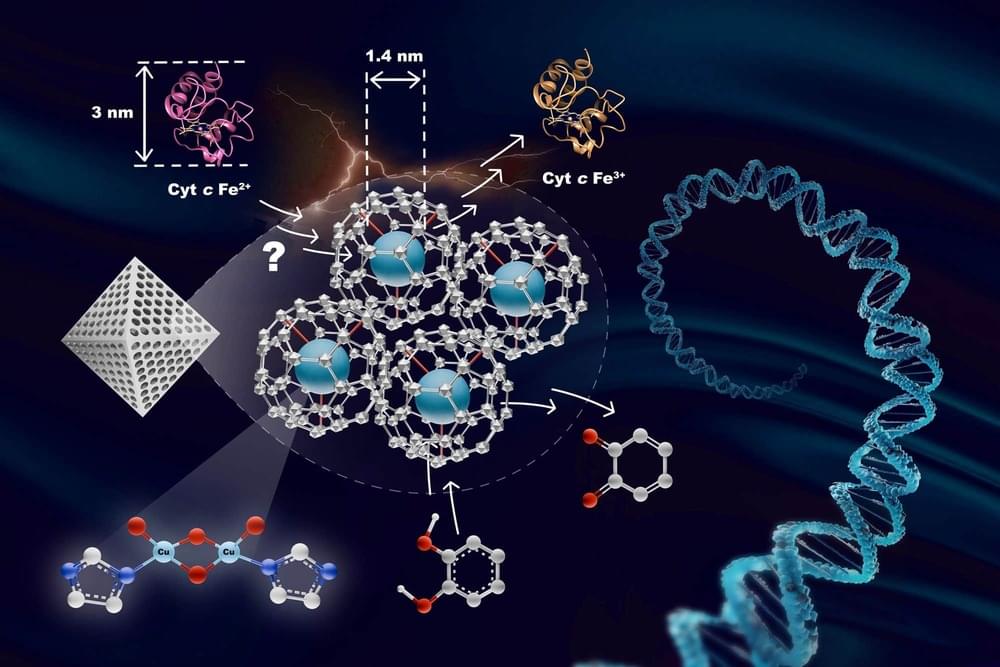In the vast reaches of space, invisible forces shape the behavior of charged particles in ways that are only now beginning to be fully understood.
A small team of astrophysicists at the University of California, Los Angeles, working with colleagues from the University of Texas at Dallas and the University of Colorado, Boulder, has found evidence that Alfvén waves in space plasmas speed up ion beams, resulting in the creation of small-scale acoustic waves that in turn generate heat in the magnetosphere.
In their study, published in the journal Physical Review Letters, the group used data from the four-spacecraft Magnetospheric Multiscale (MMS) mission that took place in 2015 to prove a theory about heat generation in the magnetosphere.
For several years, astronomers have been studying the impact of the solar wind striking the magnetopause, which defines the outer edges of the magnetosphere. Prior research has shown that as the solar wind arrives, Alfvén waves are generated and the resulting energy heats up the plasma in the magnetosphere. However, the plasma there is too thin to result in a cascade.




